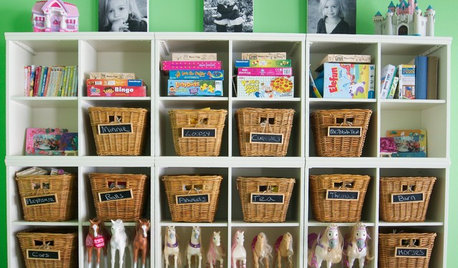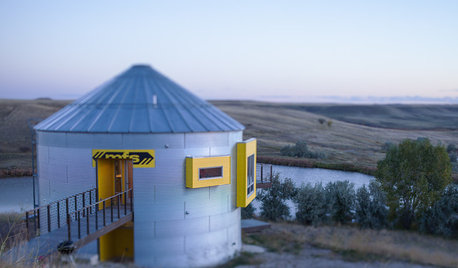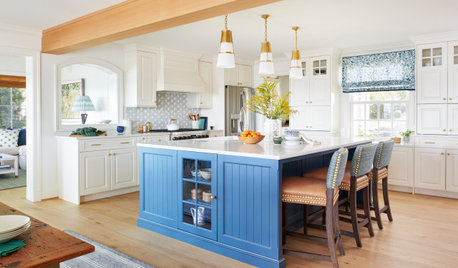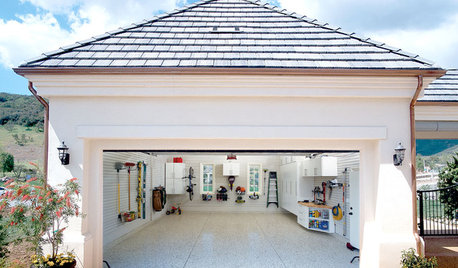My first worm bin :)
lizardking
14 years ago
Related Stories

GARDENING GUIDESHouzz TV: Make a Worm Bin for Rich Soil and Happy Plants
A worm-powered compost bin that can fit under a sink turns food scraps into a powerful amendment for your garden. Here’s how to make one
Full Story
DECLUTTERINGTame the Toy Chaos: Bin Storage for All
New project for a new year: With bins, totes and shelves, a clutter-free playroom can be yours
Full Story
HOUZZ TOURSHouzz Tour: Prairie Grain Bin Turned Bucolic Retirement Home
An agrarian structure and a big dream combine in this one-of-a-kind home that celebrates 250 acres of Montana grasslands
Full Story
MOST POPULAROrganizing? Don’t Forget the Essential First Step
Simplify the process of getting your home in order by taking it one step at a time. Here’s how to get on the right path
Full Story
KITCHEN DESIGNHouzz Call: Tell Us About Your First Kitchen
Great or godforsaken? Ragtag or refined? We want to hear about your younger self’s cooking space
Full Story
GARDENING GUIDES10 Easy Edibles for First-Time Gardeners
Focus on these beginner-friendly vegetables, herbs, beans and salad greens to start a home farm with little fuss
Full Story
HOME INNOVATIONSConsidering Renting to Vacationers? Read This First
More people are redesigning their homes for the short-term-rental boom. Here are 3 examples — and what to consider before joining in
Full Story
HOUZZ TOURSMy Houzz: Online Finds Help Outfit This Couple’s First Home
East Vancouver homeowners turn to Craigslist to update their 1960s bungalow
Full Story
INDUSTRIAL STYLEHouzz Tour: Going Against the Grain in a Missouri Silo
See how a creative couple turned a metal grain bin into a most unusual container for living
Full Story
SHOP HOUZZShop Houzz: Organize Your Garage for the New Year
Neaten up with tool storage, bins, handy hooks and more
Full Story0
Sponsored
More Discussions






rom.calgary.ab
perridale
Related Professionals
Carlisle Landscape Architects & Landscape Designers · Burlington Landscape Contractors · Norwood Landscape Contractors · Dudley Landscape Contractors · East Lake-Orient Park Landscape Contractors · Fruit Heights Landscape Contractors · Lemay Landscape Contractors · Tacoma Landscape Contractors · West Orange Landscape Contractors · Westchester Landscape Contractors · Baileys Crossroads Landscape Contractors · Forest Grove General Contractors · Hamilton Square General Contractors · Hammond General Contractors · Pasadena General Contractorslarryj_2009
sbryce_gw
lizardkingOriginal Author
steamyb
lizardkingOriginal Author